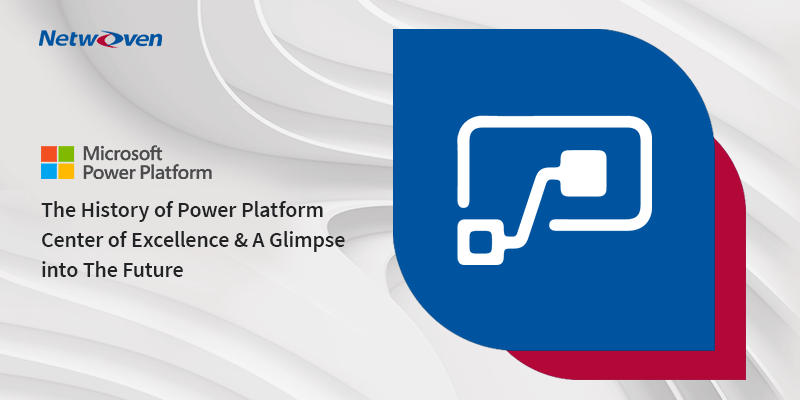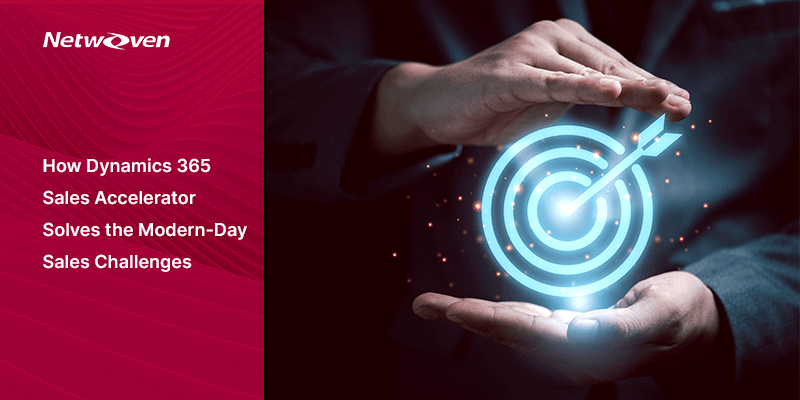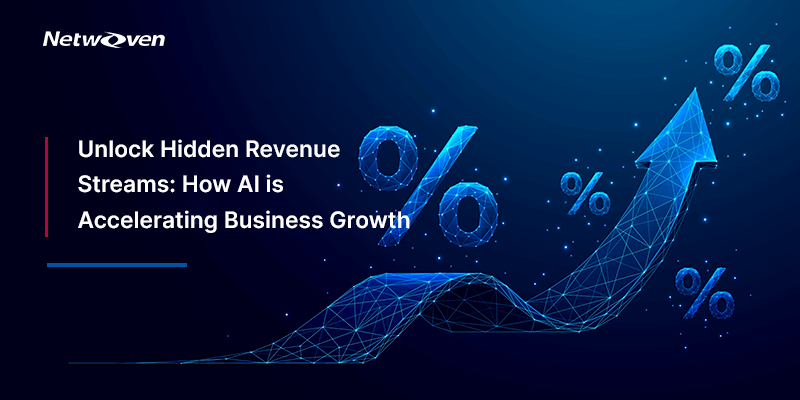Introduction:
Microsoft evolves at a rapid pace. One day, you are leveraging 2016-on prem CRM and the next, you are on Power Platform with Citizen Developers and unable to control the chaos.
The explosion of increased capabilities came in 2018 with Microsoft Power Platform and its family of products including:
- Power Apps
- Power Automate (formerly Microsoft Flow)
- Power Virtual Agents
- Microsoft Dataverse
- And linking together of well-known tools: Power BI, Azure DevOps, among others.
Power Platform Center for Excellence- A glimpse into the crystal ball
It is easy to get overwhelmed with the governance requirements for the Power Platform… there are security considerations, duplicative efforts, external factors such as government regulations, general user understanding, and more!
Luckily, Microsoft realized their no-code/citizen developer framework, although groundbreaking, came with components IT teams required to keep the business teams afloat. They developed a Center of Excellence Framework and Toolkit.
This blog will cover the features of the Power Platform Center of Excellence (CoE) Toolkit, adoption strategies, and considerations, as well as a forward look into what to consider next.
Microsoft has a very robust tool available for managing Power Platform Apps; it is called the Power Platform CoE Starter Kit. In simple terms, it consolidates all apps, tables, resources, and builds from Makers into a single Admin visible app.
The CoE Starter Kit is easy to install and Microsoft docs provides a good overview, summarized here-
Confirm Identity
To install the CoE Starter Kit, you will need to be a Power Platform Service Admin, Global Tenant Admin, or D365 Service Admin. Additionally, you will need to have a non-trial license for Power Apps and a Microsoft 365 license with email enabled. An additional bonus is having the Microsoft 365 audit log enabled.
Communication Medium
It is best practice to consider how communication regarding the Power Platform will be established.
Netwoven recommends a SharePoint site for sharing information with various personas.
The relevant areas to consider are-
Admin Personas
How will your Power Platform Admins communicate with each other? Is it real-time or async? Do they work off a queue inserted by Makers? Is there an approval queue prior to starting work? What does work-sizing look like? Sprint-based or more traditional in nature?
Maker Personas
Makers are Citizen Developers who can generate a Power Platform component that automates their work or the work of others, resulting in increased productivity.
What do Makers need? What licenses do they need to request? Is there an approval process for the additional permissions? How do they liaison with the admins? How do their Maker Apps get expanded and incorporated into the global environment? Must they follow best practices or are their low-code development standards different? How do other Makers ensure what they are building is not duplicative and how do they correspond with other Makers?
User Personas
Generic Users need to be able to leverage the apps granted to them. They are not making Apps for consumption.
How do Users report defects or enhancements? What communication is sent to them regarding upcoming deployments or changes to their tools? What training content is available to them?
Clearly, a lot of communication consideration is required.
Environment
The environment setup is easier than the previous thought experiment.
A typical deployment for CoE leverages Production but there is an alternative option (Dataverse for Teams). This option usually comes down to Data Capacity, Telemetry, App type (Canvas vs Model-Driven), and ALM (Application Lifecycle Management). In our opinion, the Production deployment of CoE is more robust, but for organizations that have not fully embraced Microsoft Dataverse, the Teams option is a great alternative to get started.
Once the type of deployment is determined, the setup is straightforward. You will create an environment, download the solution, and follow the wizard installation of the CoE Toolkit.
Looking ahead…
The Pandora’s box is open. Whether IT/Compliance teams like it, the business users are moving forward with low-code solutions to automate where possible and increase efficiency – at the end of the day, their jobs are on the line with the unprecedented times post-pandemic. Everyone is expected to do more, and everyone wants that extra hour to unwind rather than send emails or update your CRM.
The challenge IT/Compliance will continue to face is how to regulate and restrict (where it is appropriate) the growing productivity-increasing applications.
The beauty of Microsoft is that it can be all in one place so guiding business leaders to not ‘go rogue’ and embrace Microsoft product offerings will be a key challenge [anecdote: I recently heard of an organization where their Customer Service team wasn’t getting enough attention from IT so they ‘went rogue’ and configured a Salesforce solution with no call pop and no centralized data for their call center functions… a headache to unweave that could have easily been avoided with a combination of Model-Driven Apps and Canvas Apps.]
The move to increased configuration based/low-code development will continue to rise. Satya Nadella, the CEO of Microsoft, is pushing heavily for a world where there is rapid innovation on a trusted platform. At the 2022 Microsoft Build conference, Nadella said:
- Regarding Microsoft Dev Box, a cloud-based developer workstation: “we want to make it easy for [developers] to go from idea to code and code to cloud and cloud to the world”
- Regarding Live Share, a preview feature in Microsoft Teams: “with Live Share, your apps can go beyond passive sharing so your end users can actively co-watch, co-create, [and] co-edit content together, making live meetings truly interactive”
And these are just two sound bites of a much larger initiative… the Metaverse is also an item to consider on the horizon…
Netwoven’s Extended CoE offering…
“How do I get started and how do I keep up?” you may ask. Netwoven has established repeatable templates for 6-to-12-week engagements to help you:
- Review current state landscape and apps
- Define the desired state
- Install CoE starter kit
- Workshop Innovation ideas – gathering and soliciting feedback to generate the first run of ideas in the Innovation Backlog
- Content Creation regarding best practices
- Customized SharePoint site(s) for sharing information with new employees, new Makers, and end users
We hope you found this blog useful in learning the history of Power Platform COE, its powerful features, and the ways in which it can transform your organization. Please reach out to us so that we can put our decades of experience and expertise in Power Platform and Microsoft technologies to help you in your organization’s Digital Transformation journey.






















